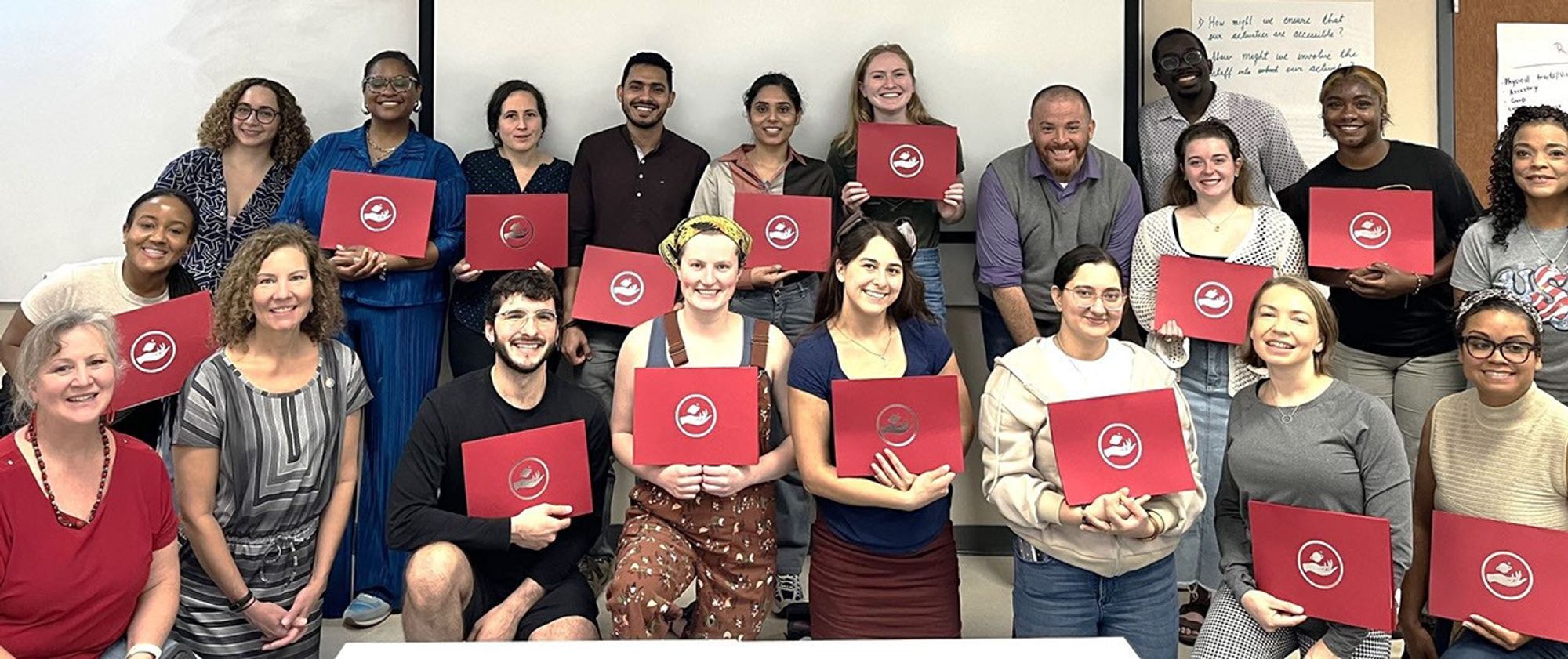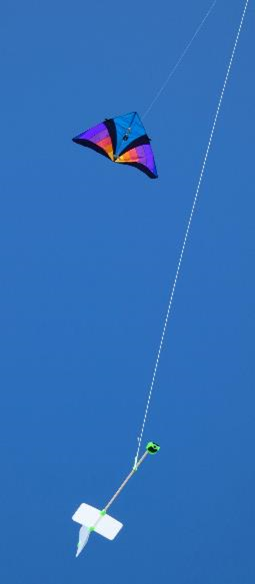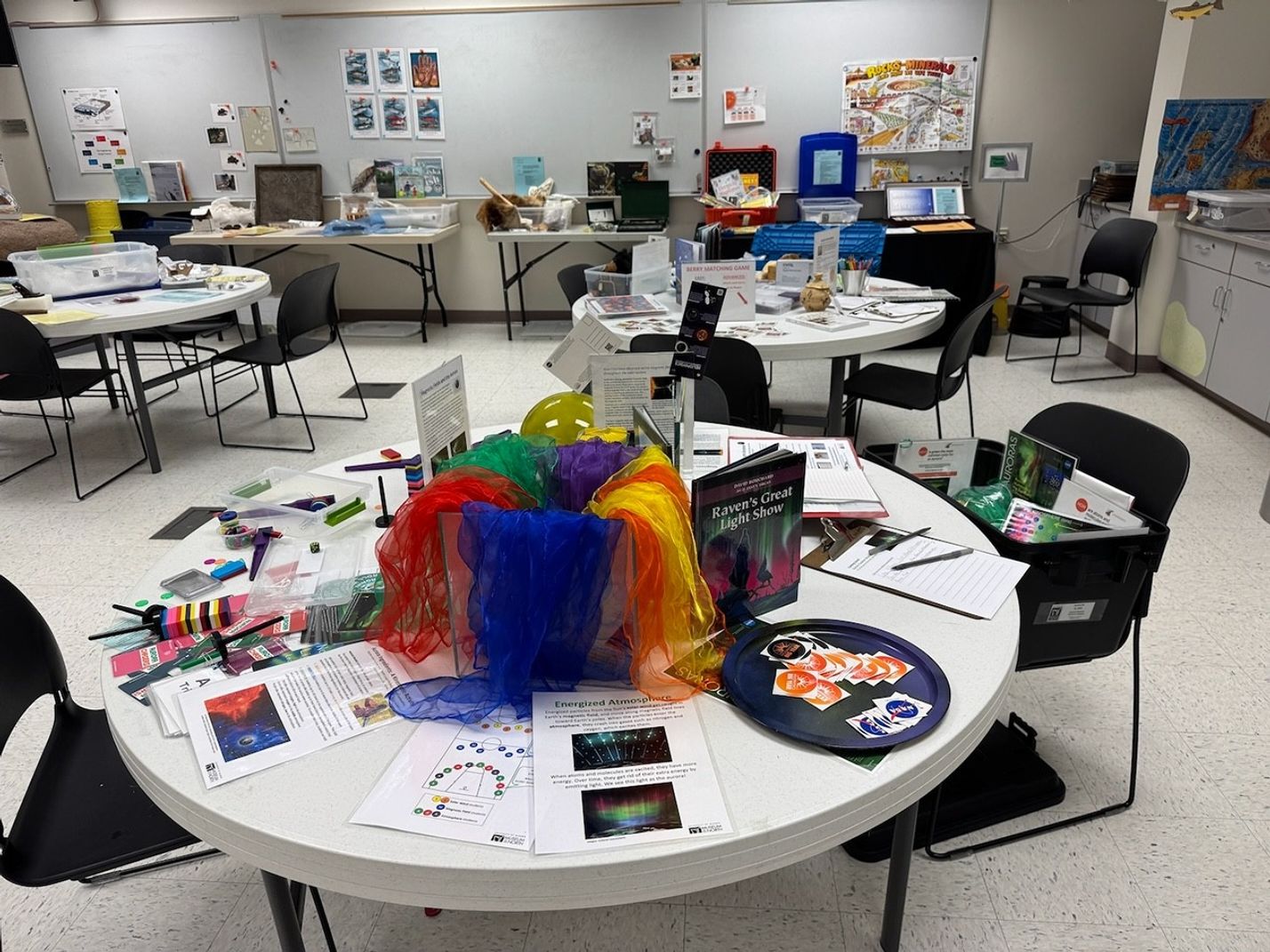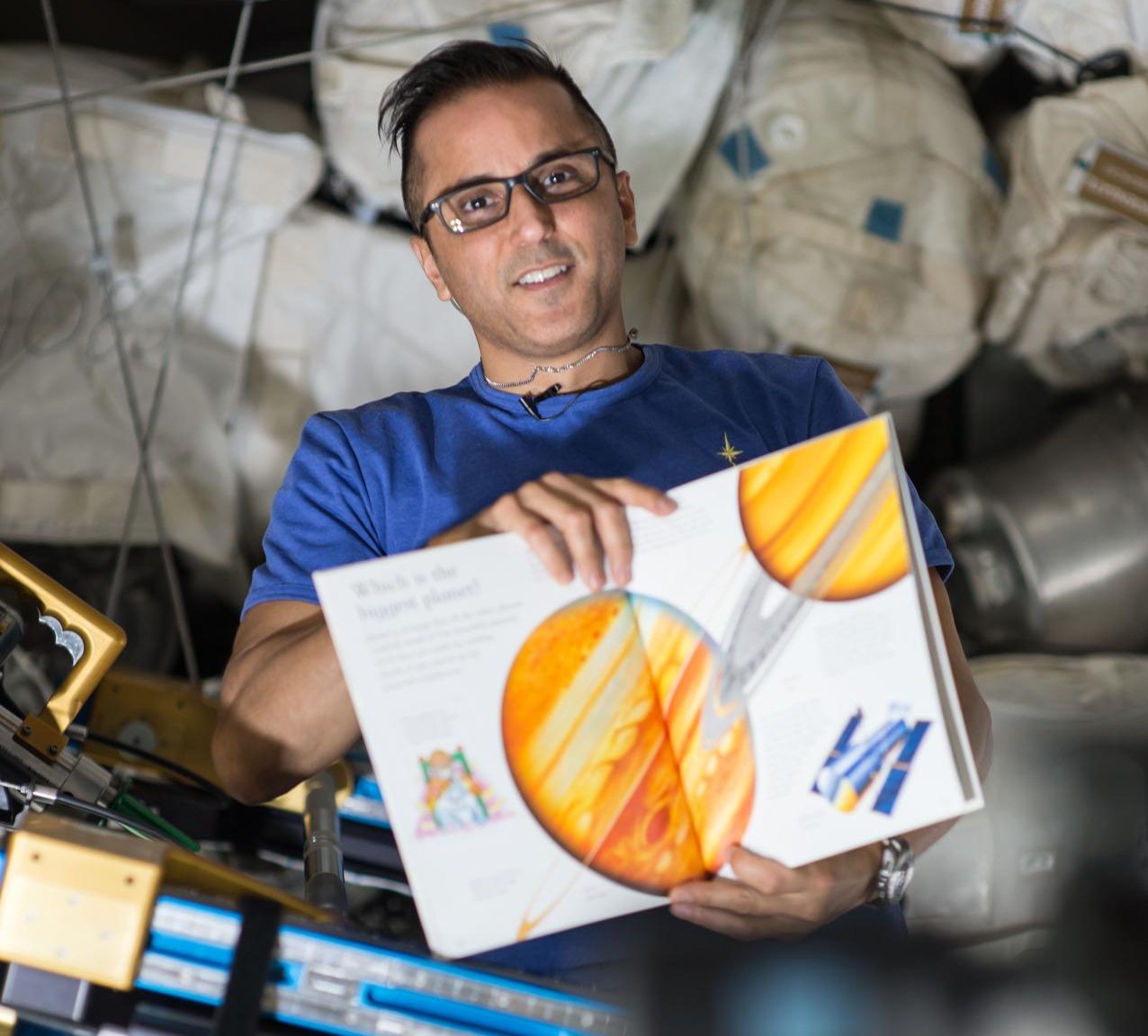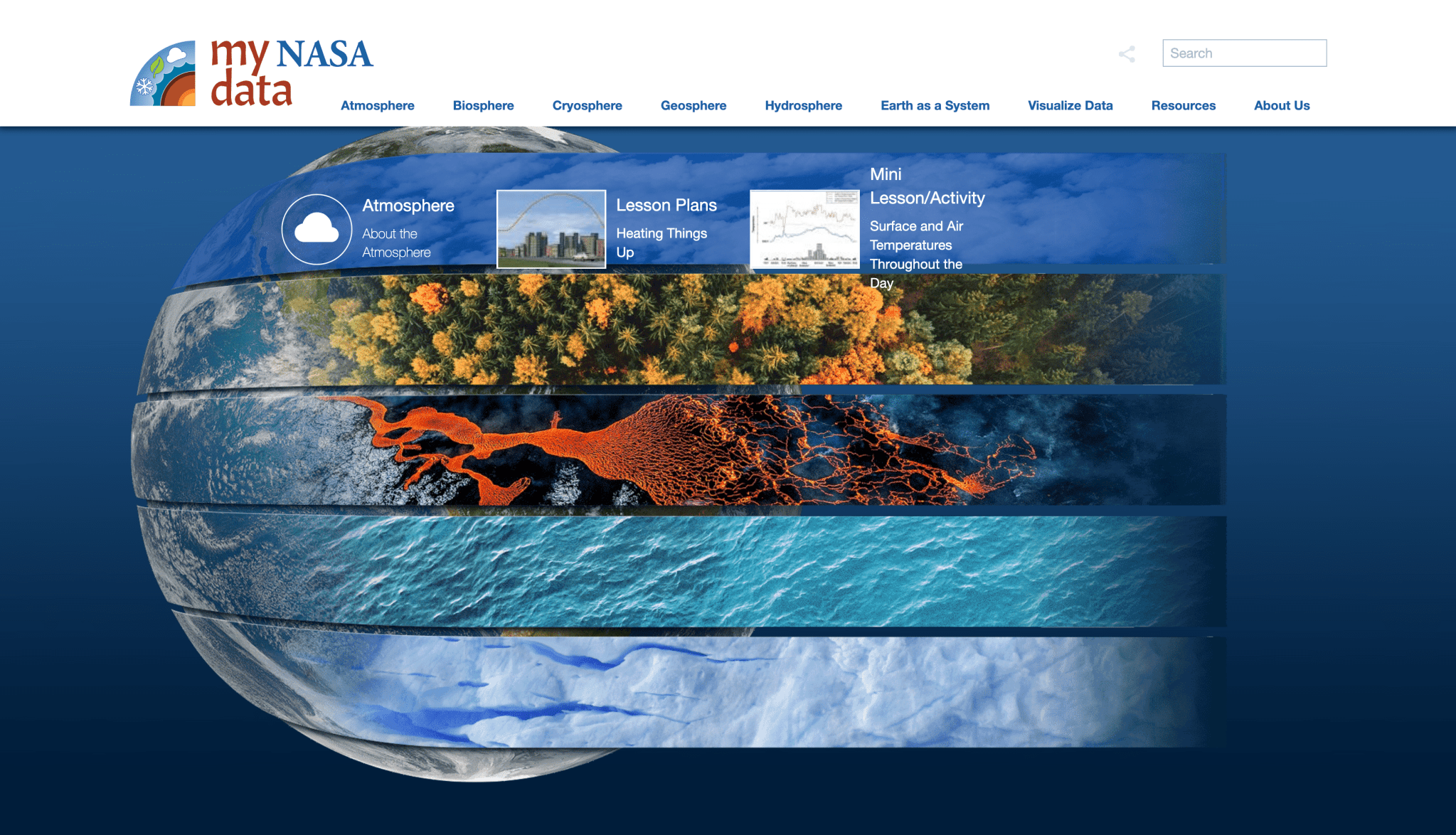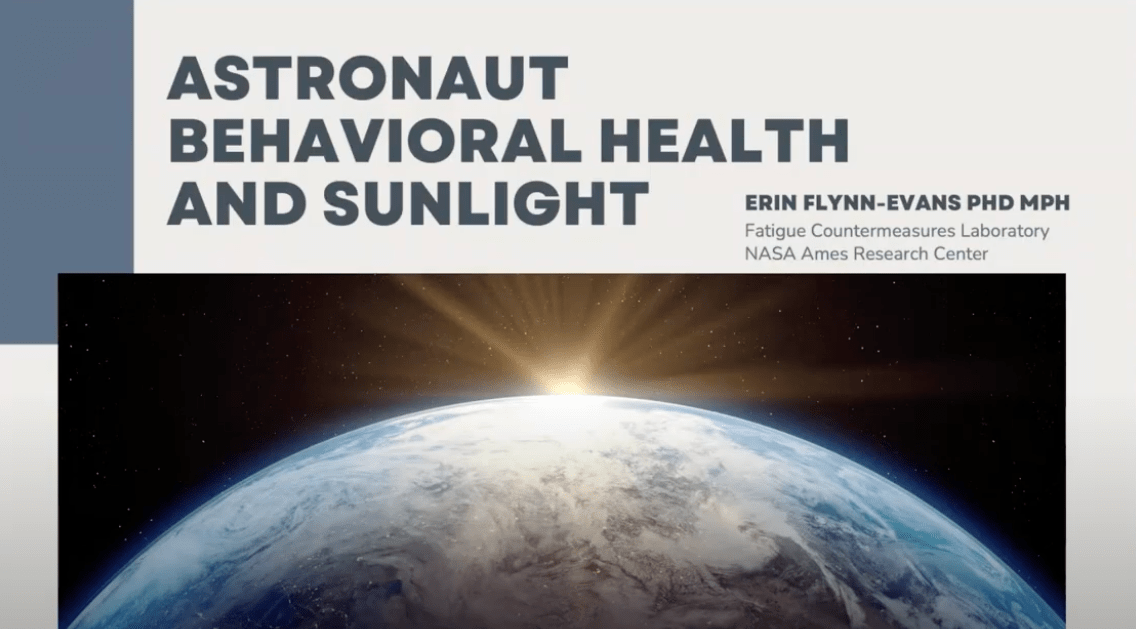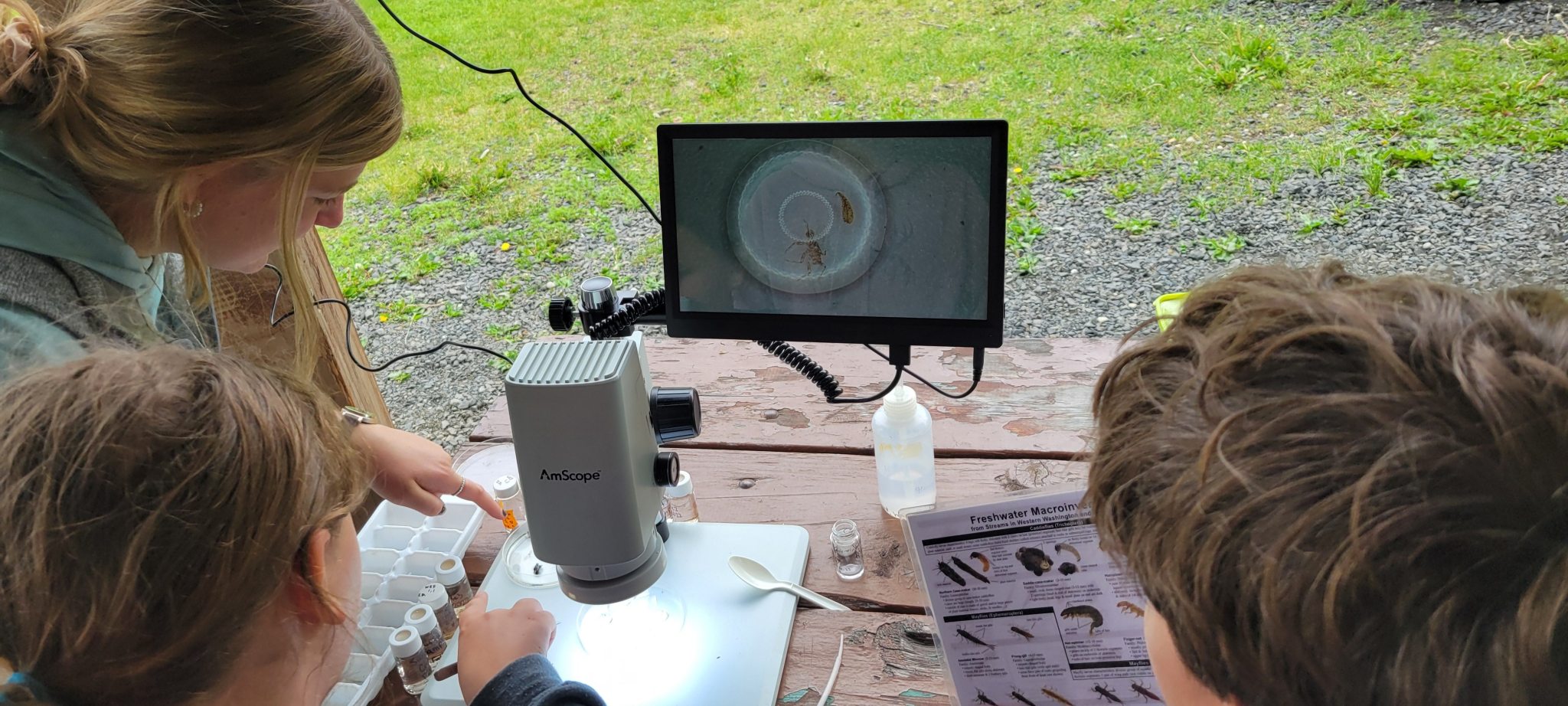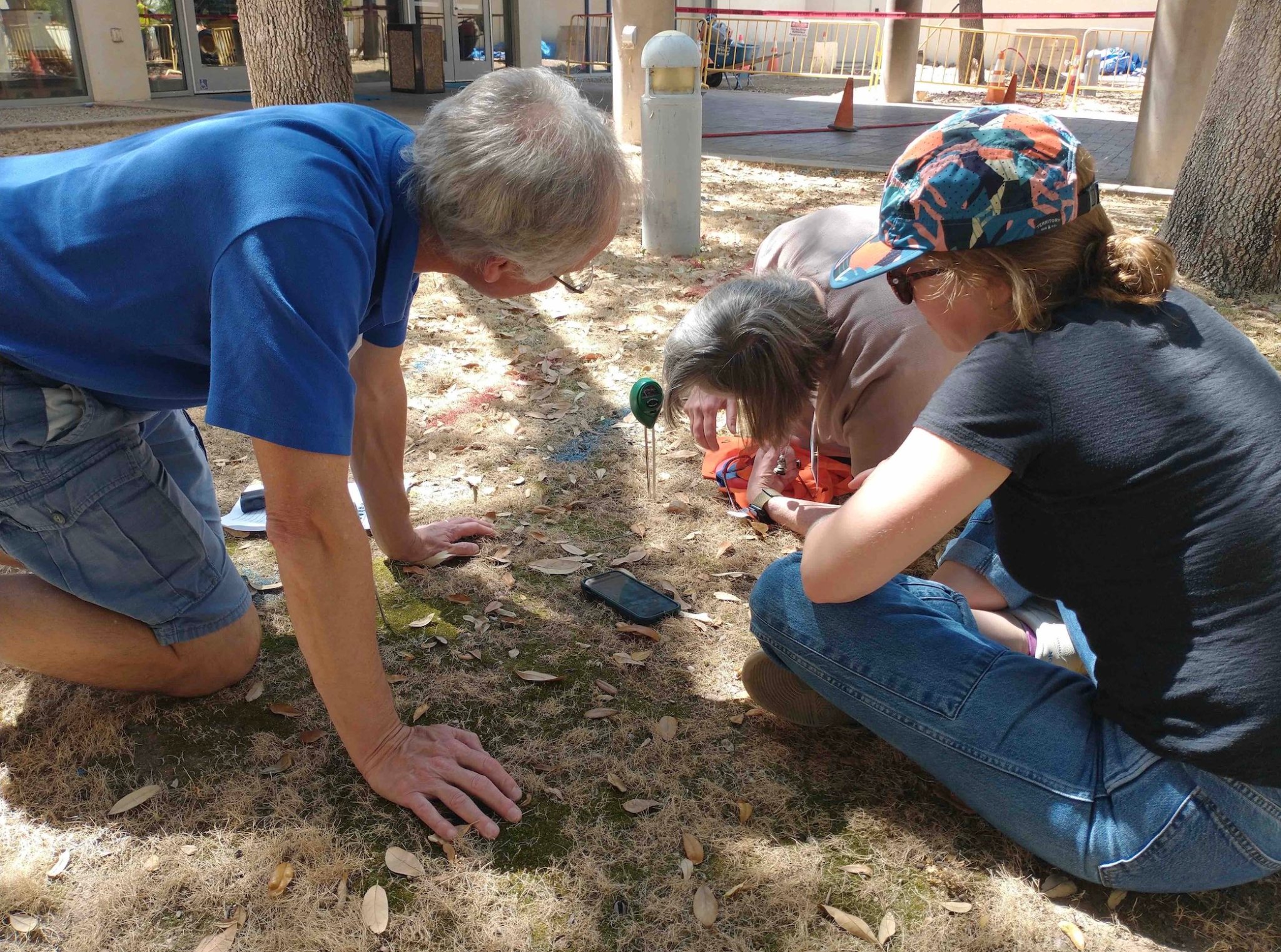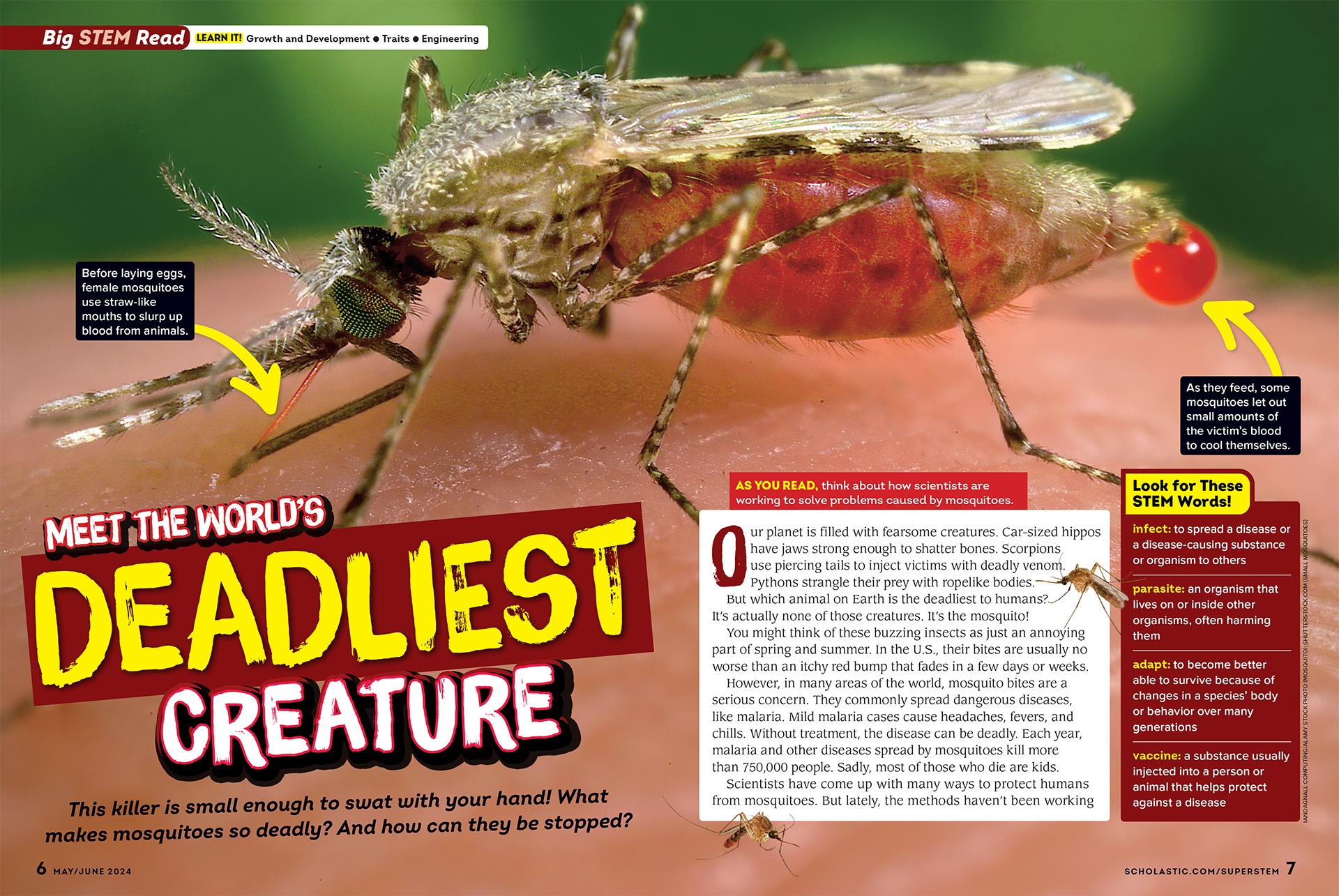Learn Home Science Activation NASA Workshops Culturally… Overview Learning Resources Science Activation Teams SME Map Opportunities More Science Activation Stories Citizen Science 2 min read NASA Workshops Culturally Inclusive Planetary Engagement with Educators From November 6-8, 2024, the NASA Science Activation Program’s Planetary Resources and Content Heroes (ReaCH) project held a Culturally Inclusive Planetary Engagement workshop at the Bradley Observatory at Agnes Scott College in Atlanta, Georgia for the space sciences community, including planetary science, astrobiology, astronomy, and heliophysics professionals, as well as invited education specialists. To practice the…
Read MoreTag: Grades K – 4 for Educators
Kites in the Classroom: Training Teachers to Conduct Remote Sensing Missions
Learn Home Kites in the Classroom:… Earth Science Overview Learning Resources Science Activation Teams SME Map Opportunities More Science Activation Stories Citizen Science 3 min read Kites in the Classroom: Training Teachers to Conduct Remote Sensing Missions The NASA Science Activation program’s AEROKATS and ROVER Education Network (AREN), led by Wayne Regional Educational Service Agency (RESA) in Wayne County, MI, provides learners with hands-on opportunities to engage with science instruments & NASA technologies and practices in authentic, experiential learning environments. On July 25, 2024, the AREN team held a…
Read MoreEducator Night at the Museum of the North: Activating Science in Fairbanks Classrooms
Learn Home Educator Night at the Museum… Heliophysics Overview Learning Resources Science Activation Teams SME Map Opportunities More Science Activation Stories Citizen Science 2 min read Educator Night at the Museum of the North: Activating Science in Fairbanks Classrooms The NASA Heliophysics Education Activation Team (NASA HEAT) set out to activate science in Fairbanks classrooms in early October at the University of Alaska’s Museum of the North annual Educators’ Night. This free Fall semester event introduces educators and school staff to a variety of resources and connections, connecting attendees…
Read MoreRead With NASA: Books, More to Inspire Young Explorers
Flight Engineer Joe Acaba holds a children’s book that he is reading from as part of the Story Time From Space program. Astronauts read aloud from a STEM-related children’s book while being videotaped and demonstrate simple science concepts and experiments aboard the International Space Station. Stories open up new worlds and spark curiosity in readers of all ages – and NASA is using the power of storytelling to encourage the Artemis Generation to explore STEM (science, technology, engineering, and mathematics). Through the below list of reading resources – books, comics,…
Read MoreGoing Back-to-School with NASA Data
4 min read Preparations for Next Moonwalk Simulations Underway (and Underwater) As students head back to school, teachers have a new tool that brings NASA satellite data down to their earthly classrooms. The My NASA Data homepage categorizes content by areas of study called spheres and also Earth as a system. NASA/mynasadata.larc.nasa.gov For over 50 years of observing Earth, NASA’s satellites have collected petabytes of global science data (that’s millions and millions of gigabytes) – with terabytes more coming in by the day. Since 2004, the My NASA Data website has…
Read MoreCelebrate Heliophysics Big Year: Free Monthly Webinars on the Sun Touches Everything
Learn Home Celebrate Heliophysics Big… Heliophysics Overview Learning Resources Science Activation Teams SME Map Opportunities More Science Stories Science Activation Highlights Citizen Science 2 min read Celebrate Heliophysics Big Year: Free Monthly Webinars on the Sun Touches Everything Once a month (usually on the first Tuesday), the Heliophysics Education Community meets online to share knowledge and opportunities. During the Heliophysics Big Year (HBY) – a global celebration of the Sun’s influence on Earth and the entire solar system, beginning with the Annular Solar Eclipse on October 14, 2023, continuing…
Read MoreGLOBE Alumna and Youth for Habitat Program Lead Named Scientist of the Month in Alaska
Learn Home GLOBE Alumna and Youth for… Earth Science Overview Learning Resources Science Activation Teams SME Map Opportunities More Science Stories Science Activation Highlights Citizen Science 4 min read GLOBE Alumna and Youth for Habitat Program Lead Named Scientist of the Month in Alaska As a 16-year old high school graduate, Maggie House decided to leave the military base in Germany where she lived with her family and go to college close to nature in Fairbanks, Alaska. She had lived in many countries and US states and knew she…
Read MorePLACES team publishes blog post on NextGenScience Blog
Learn Home PLACES team publishes blog… Earth Science Overview Learning Resources Science Activation Teams SME Map Opportunities More Science Stories Science Activation Highlights Citizen Science 2 min read PLACES team publishes blog post on NextGenScience Blog The NASA Science Activation program’s PLACES (Broadening Data Fluency Through the Integration of NASA Assets and Place-Based Learning to Advance Connections, Education, and Stewardship) team – which focuses on supporting educators to implement Place-Based, Data-Rich (PBDR) instruction using NASA assets in their own contexts – recently published a blog post about the PLACES…
Read MoreSlow Your Student’s ‘Summer Slide’ and Beat Boredom With NASA STEM
4 Min Read Slow Your Student’s ‘Summer Slide’ and Beat Boredom With NASA STEM Creating and testing soda-straw rockets is a fun way for younger students to avoid the “summer slide” and stay engaged in STEM during summer vacation. Credits: NASA The school year has come to an end, and those long summer days are stretching ahead like an open runway. Parents and educators often worry about the “summer slide,” the concept that students may lose academic ground while out of school. But summer doesn’t mean students’ imaginations have to…
Read MoreScholastic SuperSTEM Magazine Features GLOBE Mosquito Habitat Mapper
2 min read Scholastic SuperSTEM Magazine Features GLOBE Mosquito Habitat Mapper The NASA Earth Science Education Collaborative team collaborated with Scholastic on an article and activity for learners in grades 3-6: “Meet the World’s Deadliest Creature”, which appeared in the May/June 2024 issue of SuperSTEM. The magazine includes nonfiction science articles and activities that encourage learners to problem solve and investigate real-world phenomena. In this hands-on investigation, Mosquito Habitat Survey, learners search for places where mosquitoes could lay eggs, and then, plan ways to make the areas less friendly to…
Read More